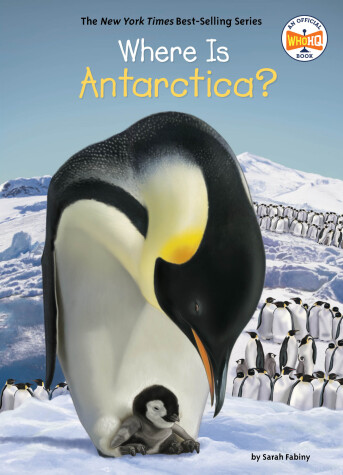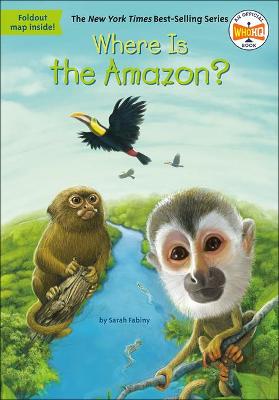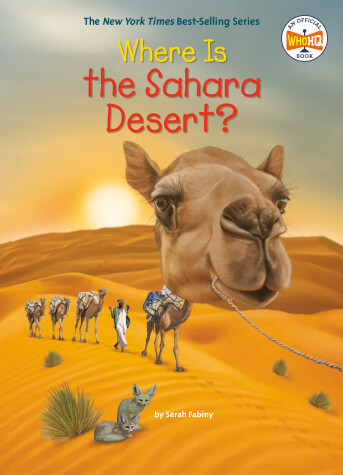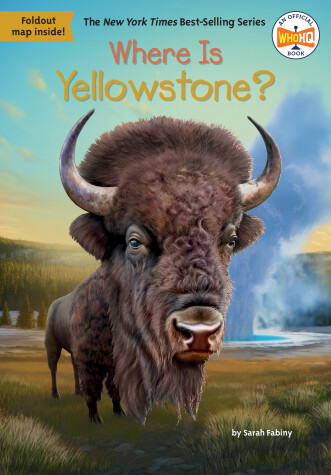Where Is...?
4 total works
Explore Antarctica--the coldest, driest, and windiest continent on Earth--in this adventure-filled title in the Who HQ series.
Antarctica, the earth's southernmost continent, was virtually untouched by humans until the nineteenth century. Many famous explorers journeyed (and often died) there in the hope of discovering a land that always seemed out of reach. This book introduces readers to this desert--yes, desert!--continent that holds about 90 percent of the world's ice; showcases some of the 200 species that call Antarctica home, including the emperor penguin; and discusses environmental dangers to the continent, underscoring how what happens to Antarctica affects the entire world.
Antarctica, the earth's southernmost continent, was virtually untouched by humans until the nineteenth century. Many famous explorers journeyed (and often died) there in the hope of discovering a land that always seemed out of reach. This book introduces readers to this desert--yes, desert!--continent that holds about 90 percent of the world's ice; showcases some of the 200 species that call Antarctica home, including the emperor penguin; and discusses environmental dangers to the continent, underscoring how what happens to Antarctica affects the entire world.
Human beings have inhabited the banks of the Amazon River since 13,000 BC and yet they make up just a small percentage of the "population" of this geographic wonderland.
Imagine over three million square miles of sand dunes that are as tall as a ten-story building. That place is real -- it's the Sahara Desert! Vast, yes! And home to fascinating creatures such as ostriches and fennec foxes as well as amazing plant life. The shallow roots of the mesquite tree can grow almost 200 feet across to absorb water. Readers will also learn about the famous trade routes of the past with caravans of up to 10,000 camels, European explorers to the region (some very unlucky ones), and native populations like the Berber and Tuareg, the faces of the men are blue from the dye in the veils they always wear.
Established in 1857 as the first national park in the United States, Yellowstone has been drawing visitors to its beautiful landscape for over 150 years. Before it became a national park, the region was home to Native Americans for over 11,000 years, including the Shoshone, Lakota, Crow, Blackfoot, Flathead, Bannok, and Nez Perce tribes. Today, tourists come to the park from all over the world to camp and to visit the famous Old Faithful geyser and the Yellowstone Caldera, the largest super volcano in North America. The many animals that live in Yellowstone include bison, black and grizzly bears, elk, wolves, and more than three hundred species of birds. Yellowstone is so large that it has land in three different states -- Wyoming, Montana, and Idaho. Learn the rich history of one of America's most beloved national parks in this book perfect for young explorers.



